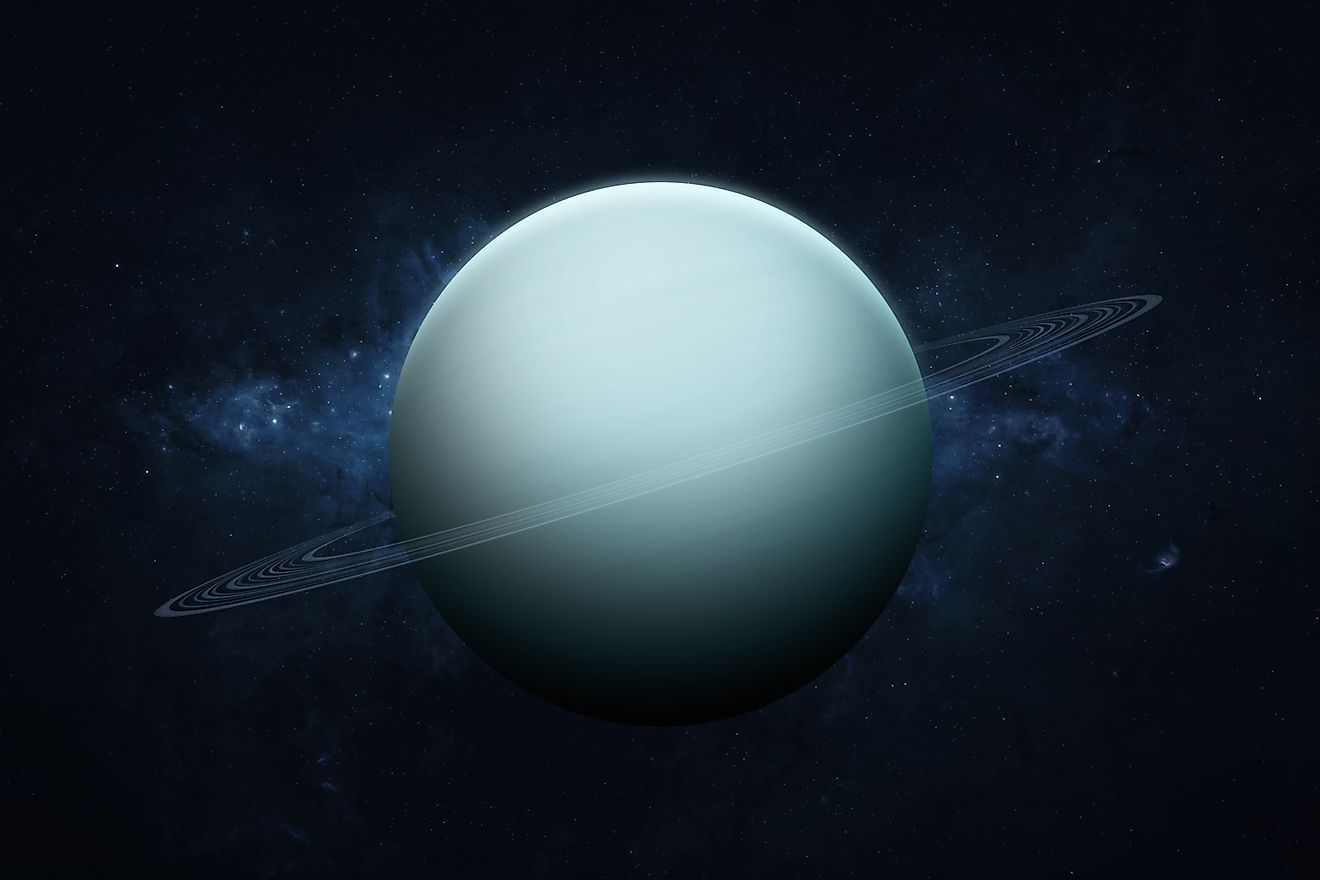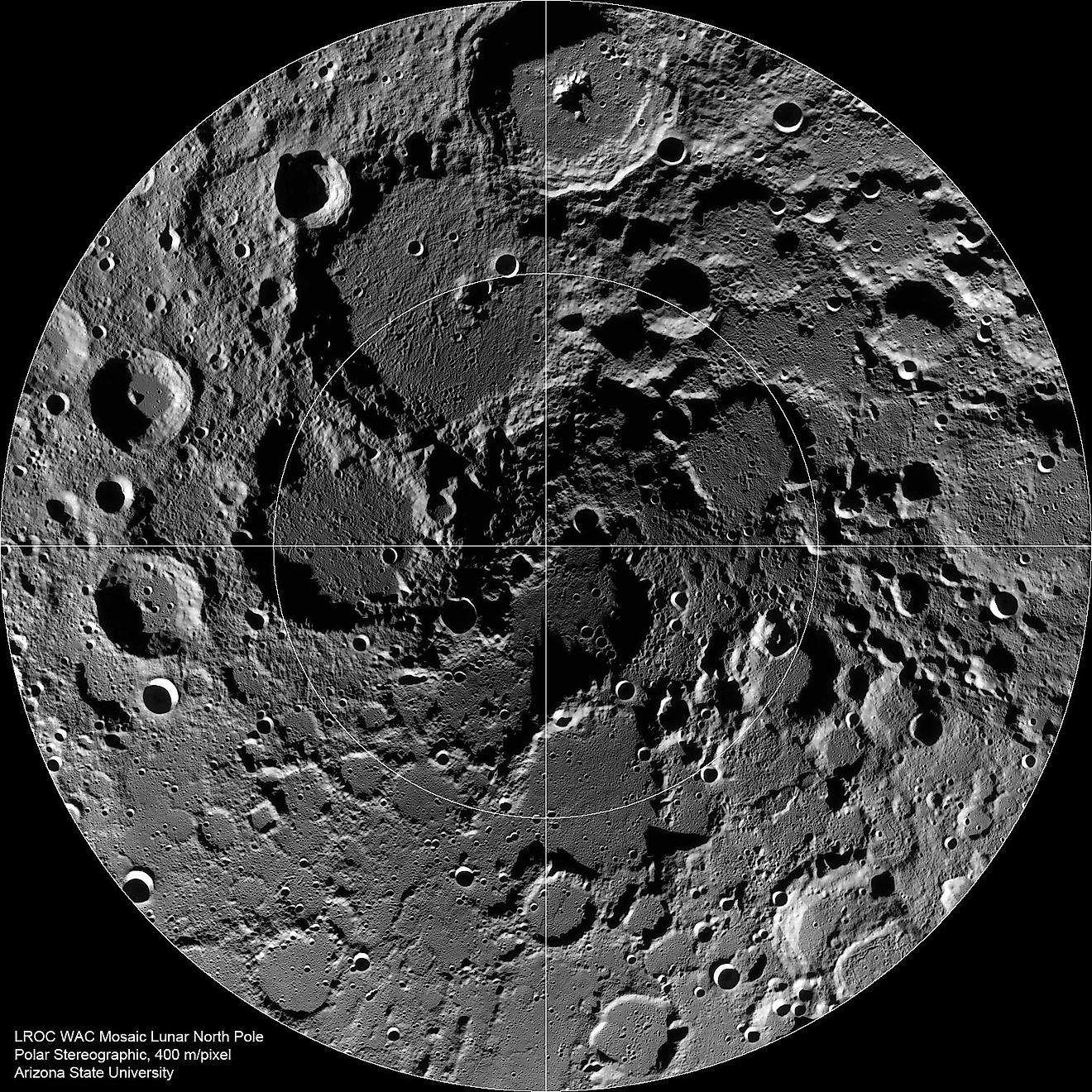
What Is The Biggest Star Ever Found?
Stars are among the largest and brightest objects in the universe. Stars come in a variety of sizes, with some only a fraction the size of our sun, and others being hundreds of times larger than the sun. To date, the largest star ever discovered is a massive hypergiant star called UY Scuti, located around 5,219 light years away. UY Scuti is 1,700 times the size of the sun, and by volume, this hypergiant reveals itself to be a true behemoth. You could fit a staggering 5-billion suns inside UY Scuti.
UY Scuti vs The Sun

The best way to get an idea of how big UY Scuti is, is to compare it to the closest star to our planet, the sun. The sun has a radius of 432,450 miles (695,500 kilometres), and UY Scuti has a radius 1,700 times larger than the sun’s. This means that UY Scuti has a radius of 0.738 billion miles (1.18 billion kilometres). UY Scuti is so large that if it were placed where the sun is in our solar system, it would stretch so far that it would likely engulf the orbit of Jupiter. By volume, you could fit 1.3 million Earths inside the sun, while you could fit 5-billion suns inside UY Scuti. This means that the size difference between UY Scuti and the sun is larger than the size difference between the sun and Earth.
Mass and Brightness

As one might expect, UY Scuti is more massive than the sun. Estimates of the hypergiant’s mass place it around 7 to 10 times the mass of the sun. However, the exact mass of UY Scuti remains unknown due to the fact that it has no companion star. In order to determine the mass of a star, astronomers generally rely on the gravitational interactions between two or more stars. Calculating the mass for stars that have no companion is rather difficult, and instead the mass is usually calculated through indirect means such as through the star’s size and brightness. In the case of UY Scuti, its exact brightness is also unknown. Estimates vary from around 86,000 times brighter than the sun to over 300,000 times brighter.
Given estimates of UY Scuti’s mass, the star will end its life as a supernova. Observations of the star’s composition show that it is currently fusing helium into heavier elements in its core, meaning that although the star is running out of hydrogen, it is probably nowhere near the end of its lifecycle. Exactly when UY Scuti will go supernova remains unknown, yet when it does, the explosion will be so bright that it will likely be visible from Earth without the need for a telescope. When UY Scuti does go supernova, it will leave behind a neutron star or a black hole.











